Behind the Lens
Desert Dreams: Jeff Alu’s Journey Through Photography and Beyond
Published
12 months agoon
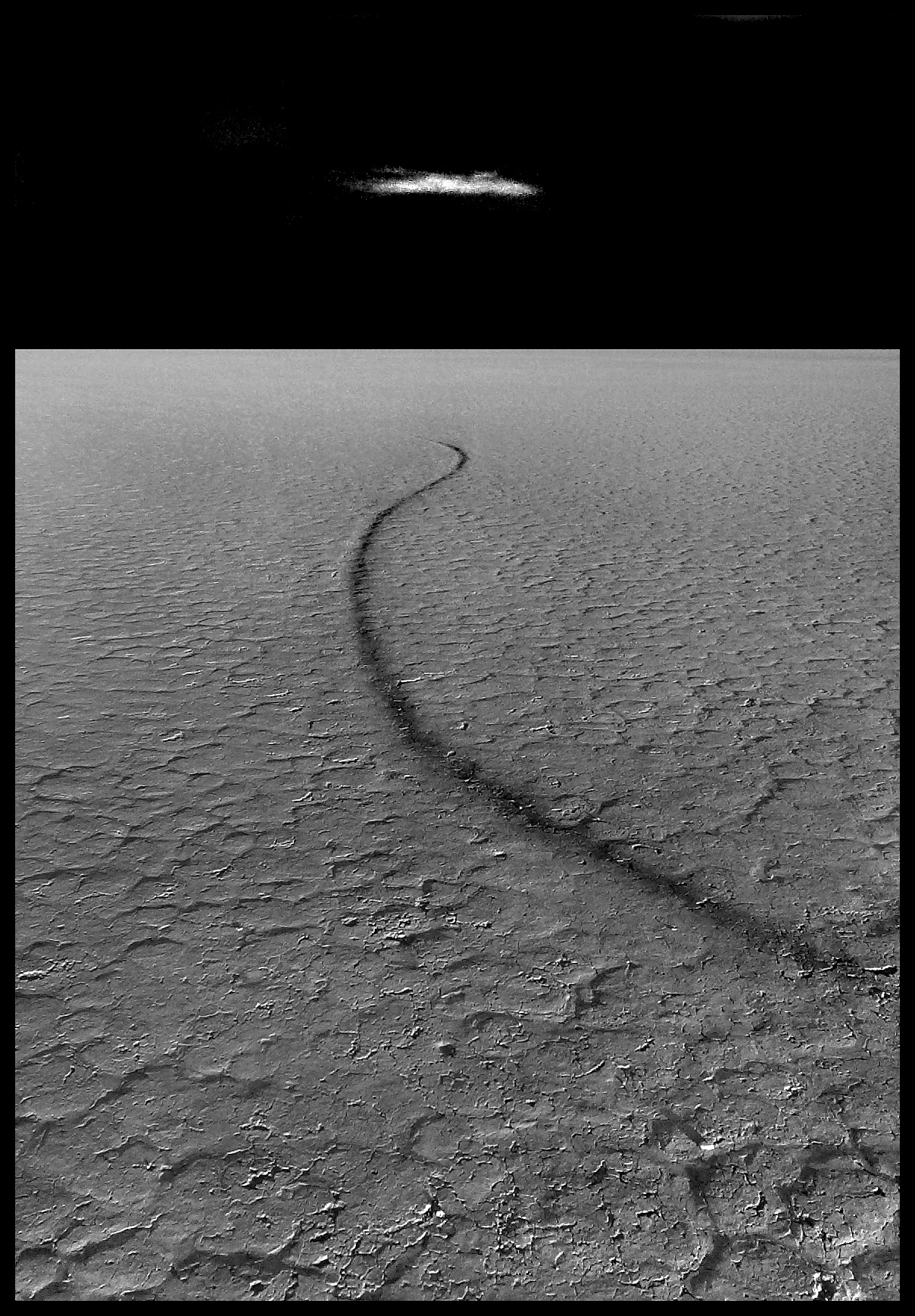
Photographer Jeff Alu, whose talents extend to 3D artistry, animation, and composition, brings a fresh perspective to the dynamic landscapes of Southern California’s deserts. Harnessing the power of his digital camera, Alu meticulously captures the desert’s subtle nuances. Not limited to in-camera artistry, Alu’s post-production techniques leverage advanced photo-editing software, allowing him to refine and manipulate his imagery for maximum narrative impact. His multi-faceted creativity sets him apart in the modern photography landscape.

Focus: Could you walk us through the journey that led to your interest in photography? What were the key moments or influences that sparked this passion?
Jeff Alu: I’ve always been interested in the graphic look of black and white photography. I did some photography back before digital and then quit for a while. Then I bought a digital camera to document some of the hikes I had been taking in the desert. The more I took photos out there, the more I saw the potential of black and white photography. It took about a year for me to develop a style, influenced by photographers such as David Fokos; from there I developed a style of my own.
Focus: Could you delve deeper into your thought process behind consistently choosing black and white photography over other modes like sepia, color, or infrared?
JA: I worked at the Palomar Observatory to search for asteroids and comets. We used a Schmidt Camera to take photos of the sky and then process them in the darkroom. So I have tons of black and white darkroom experience. The processing was very procedural, and I did a lot of it, and really learned to hate darkrooms. Since I have a background in 3D Graphics, using a photo-manipulating program to do my processing was the next logical step.
Focus: Could you delve deeper into your thought process behind consistently choosing black and white photography over other modes?
JA: I’ve played with sepia and color, but I feel that the absence of color means less interference and noise, less to confuse the viewer when color is not present. I also feel that a lack of color gives the viewer the impression that the artist is trying to say something more specific. When color is there, the image may look like a snapshot, something they’re used to seeing. With the color gone, it might trigger something in the viewer’s mind to look a little deeper. As far as infrared, I like the look, but sometimes I feel the result is too specific and identifiable and can also get in the way of communication.
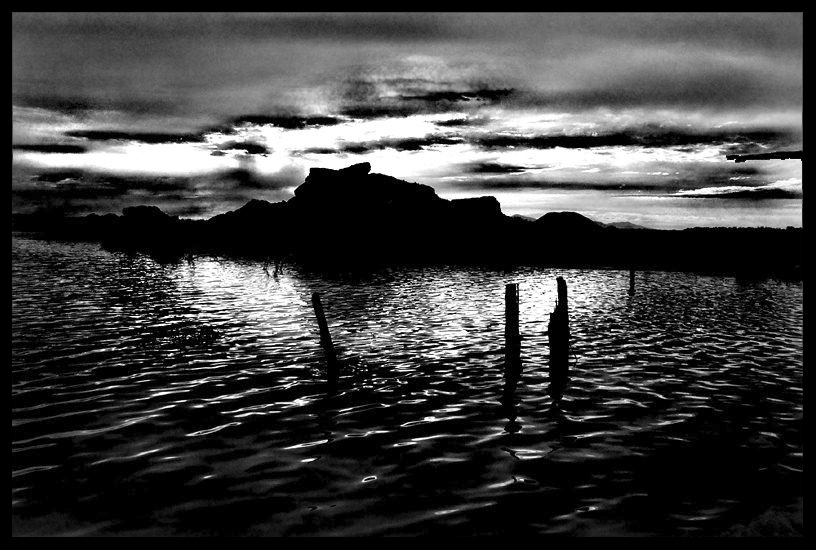
Focus: How do you respond to the sentiments of certain analog photographers who argue that digital prints don’t carry the same value or authenticity as film prints?
JA: I’m very tolerant. There is a difference in the nature of capturing the image, but not the outcome. I’ve seen more and more traditional photographers embracing digital all the time. I don’t think traditional will fade away totally for a long time, but in time it will. However, I have the highest respect for photographers who want to stick to traditional methods.
Focus: Could you share with us the specific equipment and tools you rely on to capture your images?
JA: My first camera, A Kodak DC, is no longer in service. From there I moved up to a Minolta DImage F, which also no longer works—it was exposed to too much sand. Now I’m using a Minolta DImage G MP. I’ve found that the features on the digital camera are really not at all important. For me they’re just capture devices until I can get the images back into Photoshop.
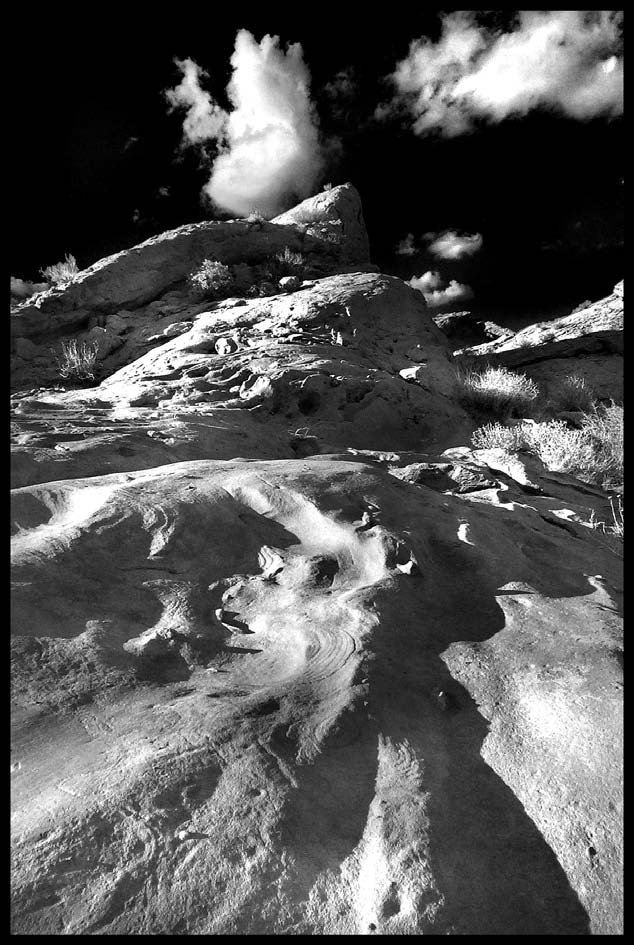
Focus: Could you describe the step-by-step process you undertake, post-capture, in order to achieve the final image that aligns with your vision?
JA: I bring the image into Photoshop and convert it to black and white via the Channel Mixer. I take all of my photos in color, just in case I ever need a color reference; on occasion, a few of them simply look better in color. After converting to black and white with the Mixer, I use the dodge and burn brush to paint literally darks and lights onto the image. This is the key part of my process, and where most of what I’m feeling is placed into the image. After that, I usually apply a bit of unsharp mask, which tends to make the image pop a little.
Focus: Is there a specific emotion or sentiment you aim to evoke in viewers through your images? If so, could you elaborate?
JA: That’s a tough question to answer. I suppose each photo has a different emotion behind it. I would say that my main reason for doing photography in the first place is to try to illustrate things that I feel are very often overlooked yet also very important. To me, there is so much that can be learned about life from seeing some simple scenes that I see in the desert. Ever since I can remember, I felt that the desert and areas of desolation in general have something very strong to communicate. Once we learn to see a lot in a little, we learn to appreciate everything around us a little bit more.

Focus: Can you expand on your objective to portray a sense of desolation in many of your prints? What draws you to this theme?
JA: Well, not always “desolation” as a subject, but I find that in desolate areas, it is much easier and more powerful to isolate certain subjects, and bring them to the front, multiplying their importance.
Focus: Could you explain the symbolism and intended message behind your print “Rift?”
JA: I’m trying to show how there can be beauty and simplicity in things that we may not normally consider beautiful. While a motorcycle track on a dry lakebed might normally be associated with destroying the environment, when things line up just right, you’ve got something really cool. The cloud, the track line up in time to create beauty. This could very easily be overlooked, but there it is right in front of you, if you only open your eyes.
Focus: Could you share your approach to framing and composing your shots? How much premeditation goes into your technique?
JA: One thing I should stress is that my photos are very rarely contemplated before I take them. I’m usually in motion when I see something. I stop quickly, take the shot and move on. When I’m in the field, I’m much more of a doer than a thinker. It’s in front of my computer that I do more of my thinking.
Focus: There’s a line between an artist who creates art for self-enjoyment and others who create for the enjoyment of others. Which are you?
JA: I think I’m both. The underlying force driving me to create is the desire to make my voice heard. On the other hand, I am very motivated to create more and more when other people like my work. My training came from many of the online photo sites that allow you to upload your photos and get feedback. Positive comments push me forward.
Focus: Could you highlight two of your most cherished images from your desert explorations and discuss what makes them stand out to you?
JA: I would have to say “Trimetro” and “Car”. “Trimetro”, to me, is the ultimate in something that popped up out of nowhere and made for a fantastic subject.
Focus: What motivated your decision to commercialize your art and start selling your prints? Was there a particular moment or reasoning that sparked this choice?
JA: I thought I’d just give it a try. I saw other photographers doing the same thing, and I thought I could supplement my income. I’ve sold about 25 prints since I started selling in 2001.
Focus: Could you provide some insight into your experience with gallery representations? How many and which galleries have showcased your work thus far?
JA: European galleries were more interested in exhibiting my work before American ones. My first exhibition was in 2001 in Barcelona, Spain, at the Galleria Dart Zero at their Art in Summer exhibition. After that, I was featured in Slovenia at The City Gallery. My first US exhibition was the same year in Los Angeles at the Millard Sheets Gallery. The same year I was featured in London at the Colville Place Gallery. In 2003, I was featured at The Perfect Exposure Gallery in Los Angeles for their Aesthetics 2003 show. In 2004, I had a solo exhibition at the Chop-Chop Gallery, also in Los Angeles, that ran from May to June. Last year in July Studio 343 in San Pedro, California, also had a solo exhibition of my work. This year in January The Solaris Gallery in West Hollywood featured me and other photographers in a group exhibition. Also, from June 10th to July 7th I will be in a group exhibition at J|R Gallery in which all proceeds go to School on Wheels (SOW).
Focus: Could you delve into the factors that influence how you size and price your works? What considerations do you bear in mind while deciding these aspects?
JA: I try to print out as large as I can. Pricing is based on other prices I’ve seen and the recommendations of gallery owners.
Focus: As an experienced digital photographer, what key pieces of advice or insights would you offer to those who are just beginning their journey in this field?
JA: Put the camera down. Look with your eyes, not the camera. It gets in the way of what you’re trying to see.
You may like
-


Cara Barer’s ‘Bibliomania’: A Captivating Exploration of the Transitory Nature of Books
-
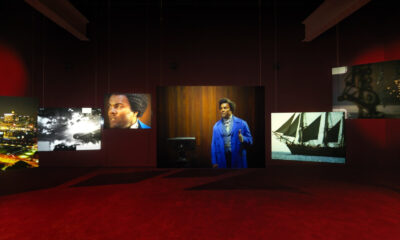

Exploring Douglass’s Legacy: Isaac Julien’s “Lessons of the Hour” at MoMA
-
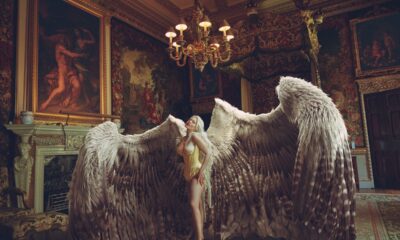

Between Dreams and Reality: The Surreal Artistry of Miss Aniela (Natalie Dybisz)
-
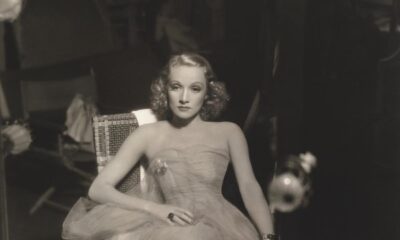

REVIEW: Play the Part: Marlene Dietrich
-
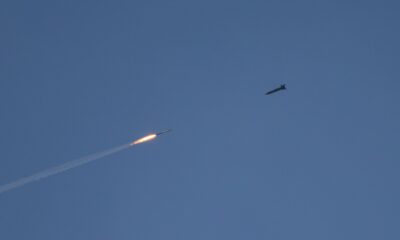

Through the Lens of Tragedy: The Final Frames of Gilad Kfir, Photographer and Aspiring Father
-
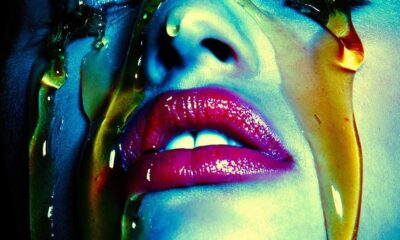

TOMAAS: Bridging Realms of Surrealism and Post-Humanism
